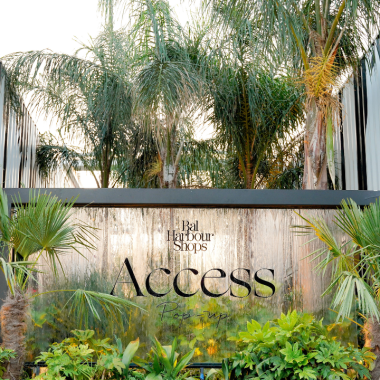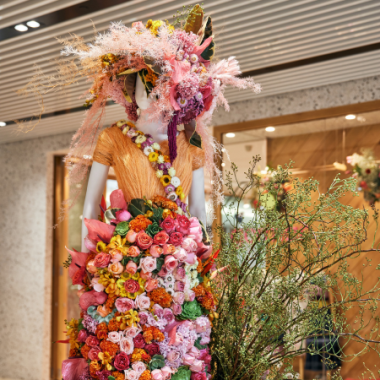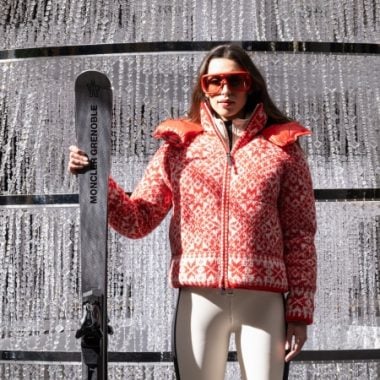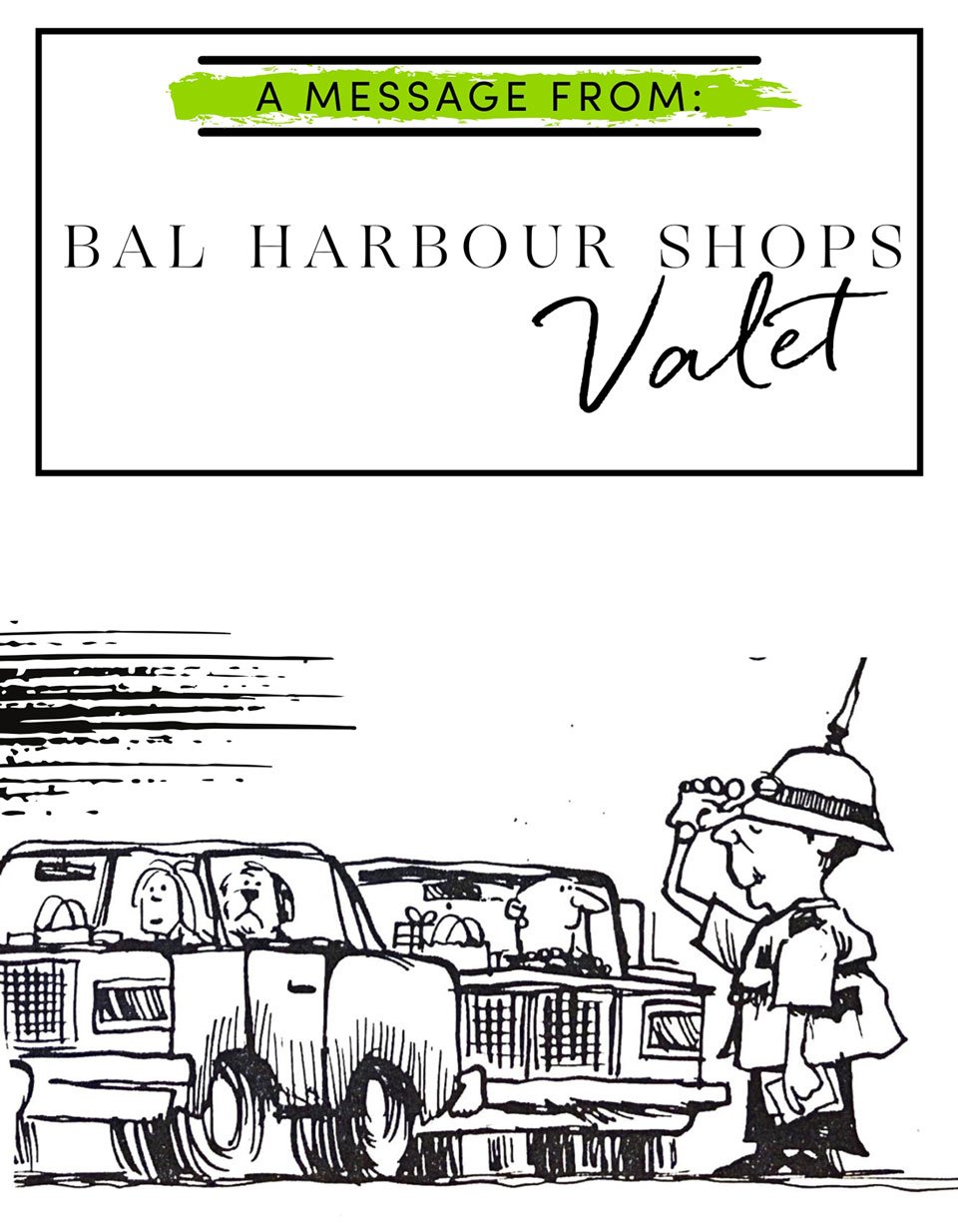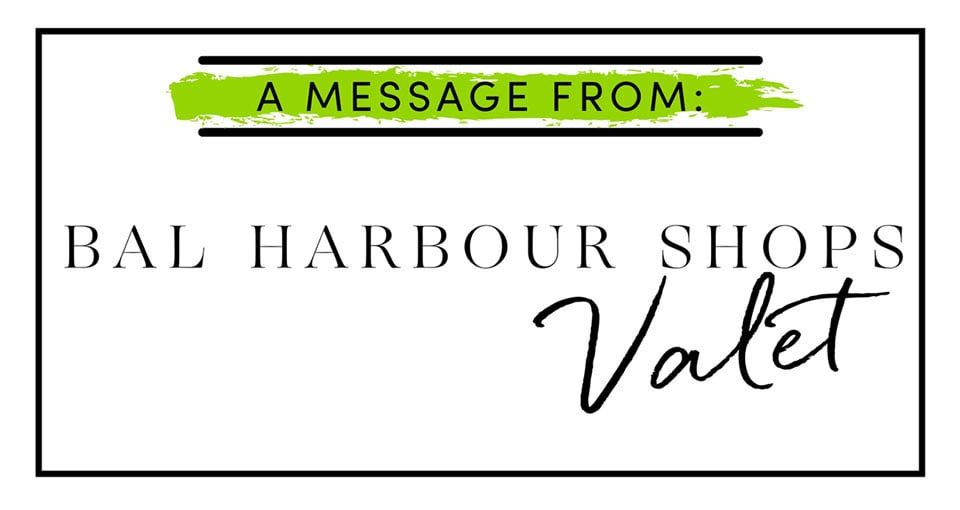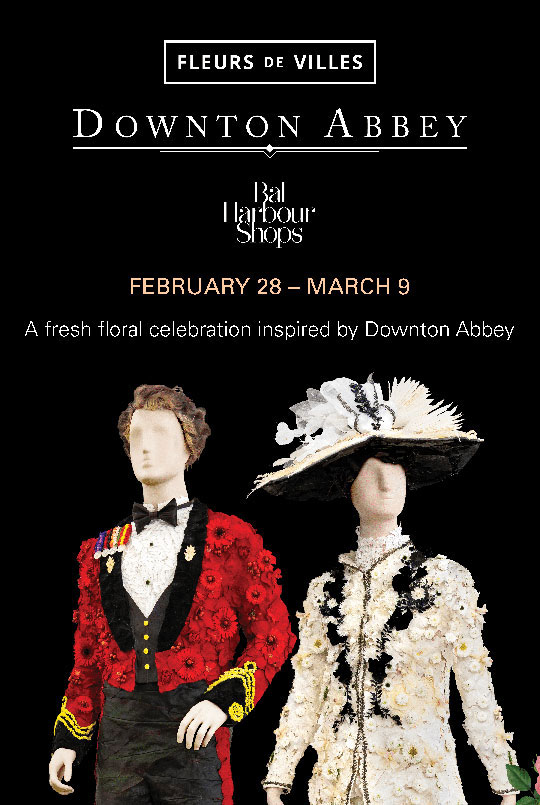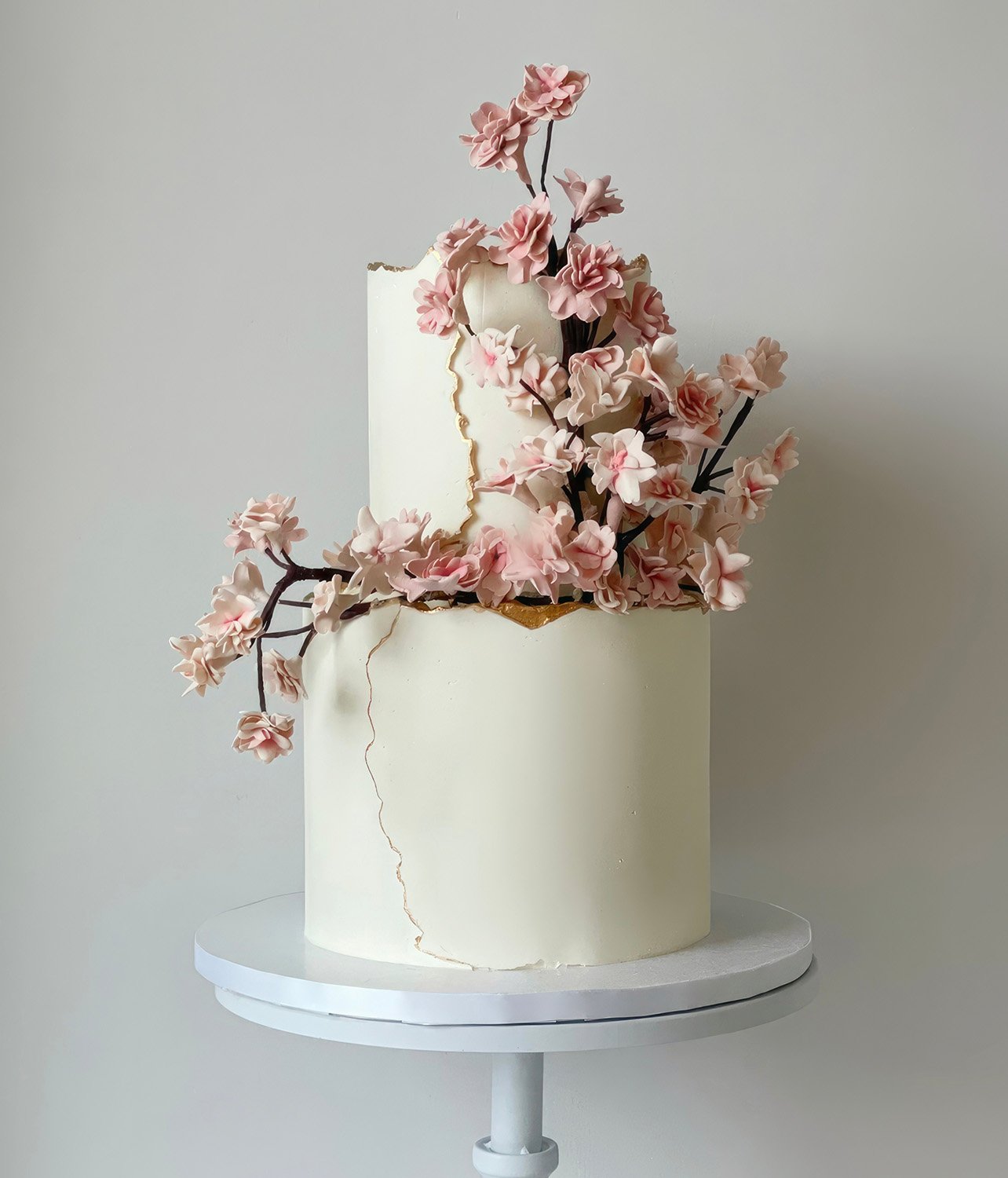
A Cascade of cherry blossom-inspired sugar flowers adorn this buttercream cake by Sweet Guilt atelier.
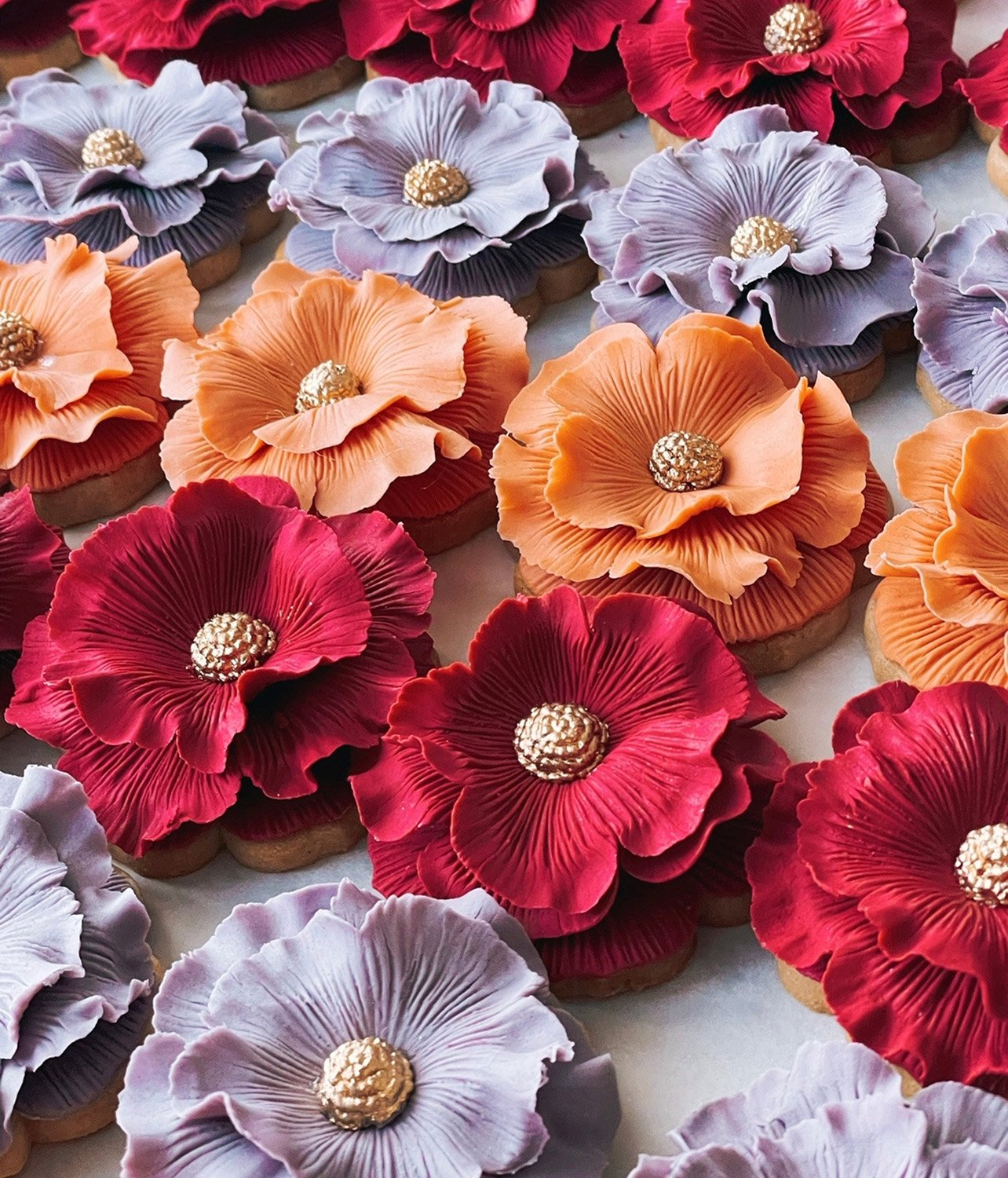
Floral sugar flower cookies by Sweet Guilt atelier
The first request arrived two years ago. A birthday girl wanted a classic cake with a Marie Antoinette vibe. Upon reviewing the reference images, Angélica M. Lenox, the founder of Sweet Guilt dessert atelier, did a double take. She hadn’t seen one of those cakes in real life since the 1970s. Since then, orders for “vintage” cakes with intricate hand piping have only gotten more popular. Now, Lenox and her team make three of these cakes per week. One couple—planning a big-budget wedding—asked for an exact replica of Elvis and Priscilla Presley’s five-tier cake supported by plastic columns. “This fad is coming, and I think it’s going to stay for a little bit,” Lenox says.
But Vintage cake lovers, take note: the decoration technique requires a specialist.
Producing a vintage-style cake is a multi-step process: once the cake is baked and filled, it is covered with icing and left to set. Then, a skilled decorator pipes the entire cake by hand. Over the last 20 years, many bakers have turned to silicone molds to expedite the decorating process for fondant cakes, but vintage cakes require “tremendous skill with buttercream,” Lenox explains. “You have to have the dexterity to be able to pipe very intricate flowers, petals, movements, curtains, connections, little stars, that go far and beyond the basics of piping buttercream.”
In order to learn Italian or Swiss piping, one must attend culinary school and specialize in pastry. “Within pastry, there’s something called piping technique,” Lenox says, which “can take over a year to learn.” Now, with YouTube and TikTok, home decorators are learning tricks, but an online tutorial can’t replace hundreds of hours practicing with a seasoned artisan in the room. For example, the Lambeth Piping Style—a popular British cake style from the 1930s—creates depth by “over-piping” several layers of royal icing. “Finding capable bakers and decorators is extremely hard,” says Lenox, who learned this firsthand while expanding her team between November 2020 and March 2021. “Finding talented decorators and skillful bakers was one of the hardest parts of growing,” she explains. It took several interviews before she found someone who knew how to do Italian or Swiss piping or macrame, which is doing macrame with sugar—skills bakers in their 20s and 30s rarely learn anymore.
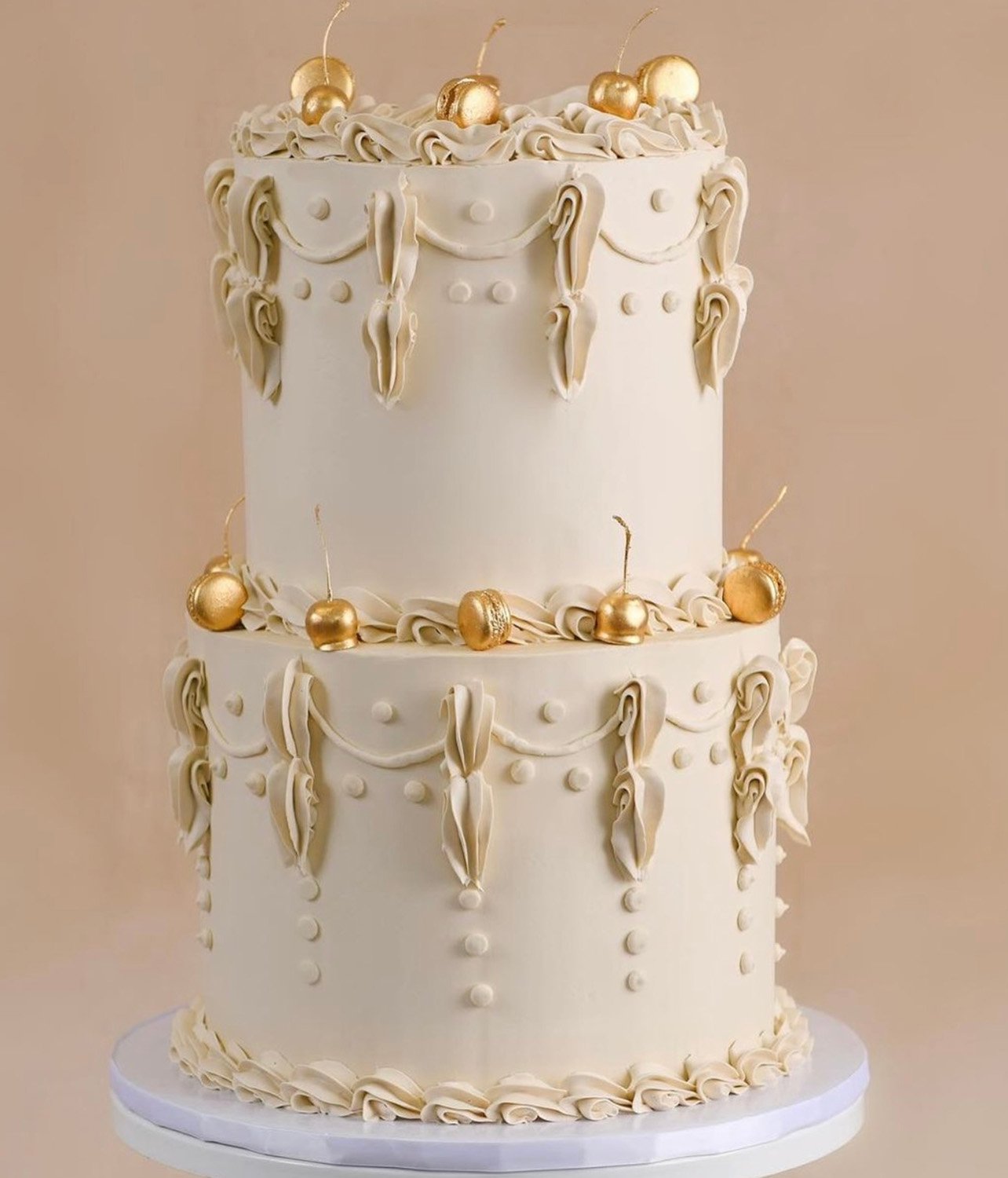
Vintage style cake with hints of gold; Photo by Felipe Cuevas
Today, eight years into her dessert atelier, Lenox has one team that fills the cakes and another that decorates. She designs mock-ups herself after interviewing couples, spending time with their wedding mood board, and checking out their floral plans. Her approach to custom cakes goes back to her own wedding, when she and her now-husband couldn’t find a bakery to design a cake with their recipe. Her family is Puerto Rican and European, while her husband’s family is American, and the families had different preferences on sweetness and cake texture. “I couldn’t find a place when I got married that was able to customize the cake for us. It was their recipe, take it or leave it.”
Though today’s couples are embracing the vintage aesthetic, they’re filling the cakes with modern flavors. The last time these cakes were au courant, flavors were often limited to vanilla, almond, or, say, coconut. Today, couples are filling the cakes with modern flavors like vanilla honey salt, which, as Lenox describes, is “a Madagascar vanilla base cake filled with honey, and honey butter cream, and sprinkled with sea salt.”
Even as our culture becomes more deeply reliant on automated technology, there is no replacing the artistry that goes into Italian or Swiss piping. “I don’t think there’s a machine that does this,” says Lenox. “This is old school.

